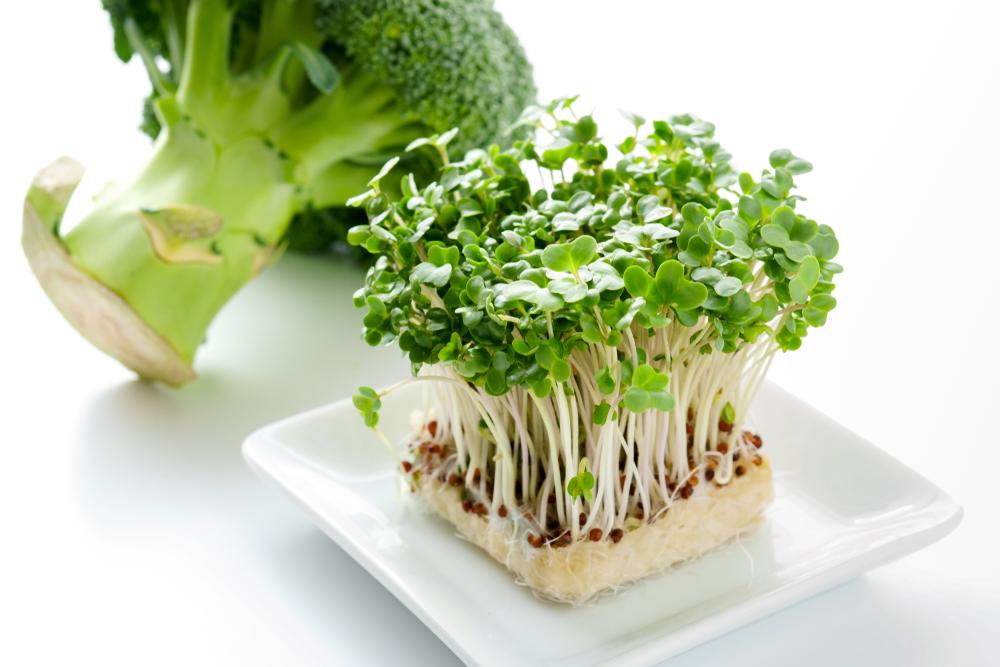STORY AT-A-GLANCE
- After just 12 weeks of supplementing with sulforaphane, which is just one of broccoli’s claims to fame, older adults experienced better cognitive function.
- Sulforaphane also helps protect the heart, catalyzes a healthy balance of gut bacteria, and may be a weight management tool.
- A superior choice to supplements is broccoli sprouts; they contain up to 50 times the amount of chemoprotective compounds and are easily grown indoors.
Other cruciferous vegetables include Brussels sprouts, cauliflower, cabbage, collards, kale, and bok choy. Broccoli has decades of research behind it showing that it’s a valuable, health-promoting food. While several compounds have demonstrated positive effects on health, one of the most widely studied is sulforaphane. The compound may be best known for its cancer-fighting properties.






